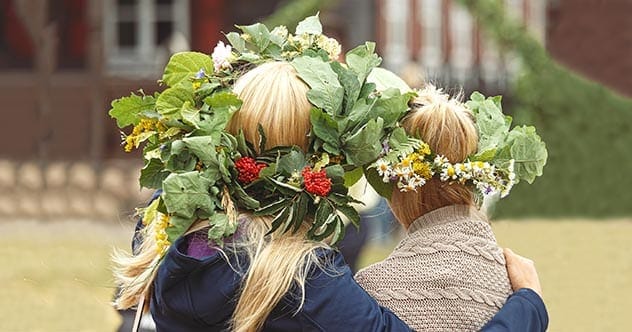Lithuania, a nation nestled in northeastern Europe between Poland, Belarus, and Latvia, boasts a rich and distinct culture. Often overlooked, this Baltic gem offers a compelling blend of history, traditions, and modernity, making it a unique destination worth exploring. Despite having a population of fewer than three million, Lithuania has a captivating story to tell. Let’s dive into ten fascinating facts that might surprise you.
Lithuania Was Once a Superpower
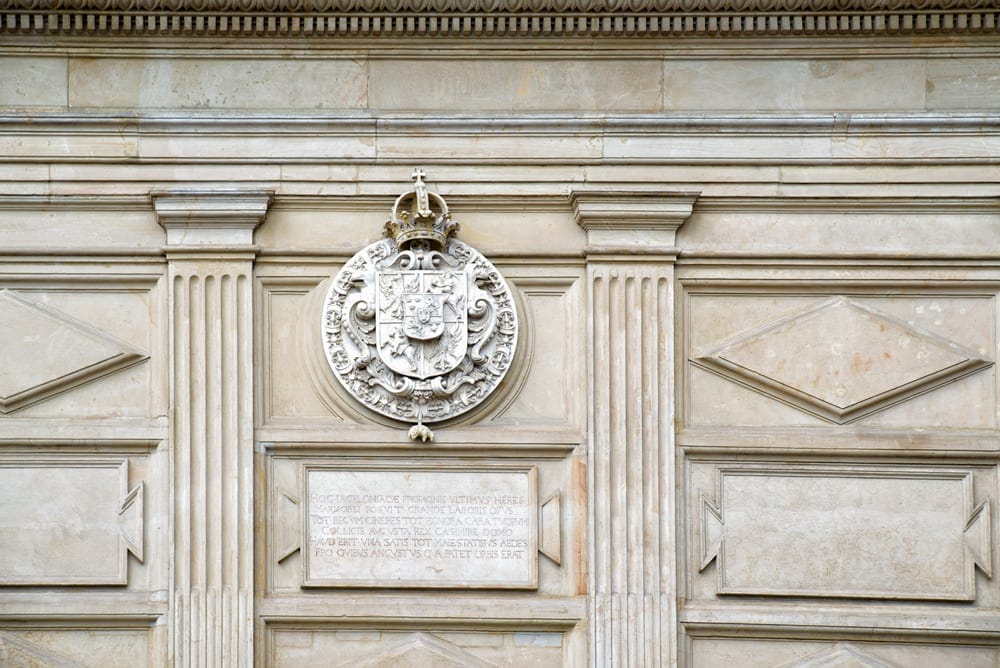
Lithuania’s name, first recorded in 1009, carries over a thousand years of history. By the late 14th century, Lithuania had become one of Europe’s largest countries, incorporating parts of modern-day Ukraine, Belarus, Poland, and Russia, thanks to a series of military victories.
This powerful confederation was known as the Grand Duchy of Lithuania, which played a significant role in Christianizing one of Europe’s last pagan regions. The Polish were key allies, leading to the creation of the Polish-Lithuanian Commonwealth in 1569, where both partners maintained separate armies, currencies, and laws. The early 17th century marked the Commonwealth’s peak.
However, this strength gradually declined. In 1655, Vilnius, Lithuania’s capital, was sacked by the Russian army, and the Great Northern War (1700-1721) further depleted resources and lives. Tragically, a plague and famine wiped out approximately 40% of the population.
In a desperate attempt to preserve its sovereignty, the Polish-Lithuanian Commonwealth adopted a constitution in 1791, modeled after the U.S. Constitution. Despite this effort, by 1795, the Commonwealth was divided among Russia, Prussia, and the Habsburg Monarchy, with most of Lithuania falling under Russian control.
So Nice They Freed It Twice
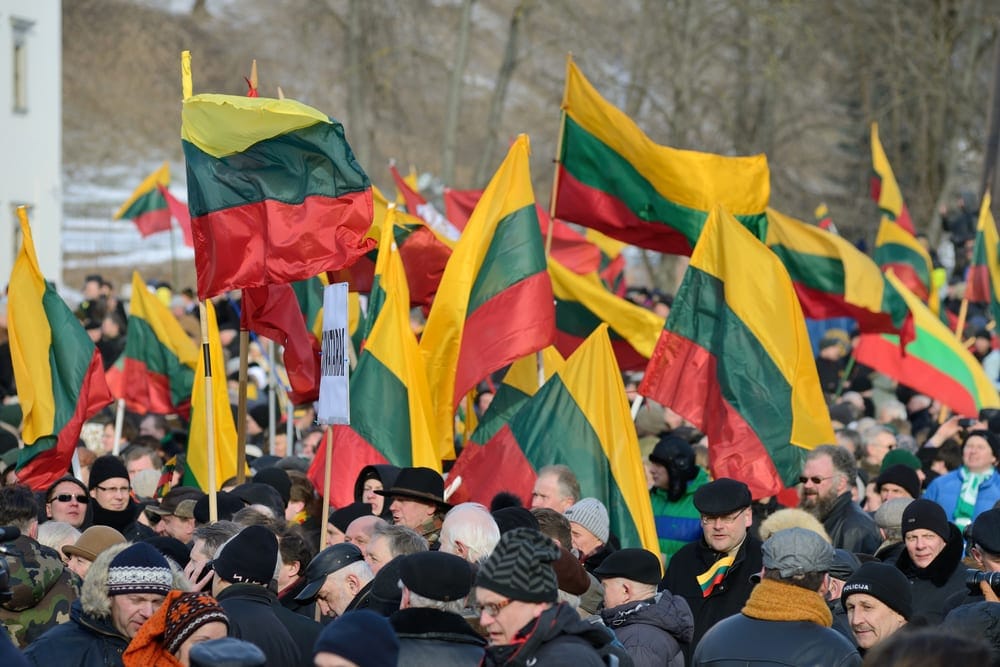
Lithuania observes two national holidays to celebrate its autonomy, reflecting its complex past and resilient spirit. Restoration of the State Day on February 16 commemorates a unique moment in history.
Although independent since the 13th century, Lithuania fell under Russian Empire control in 1795, a rule that lasted until German troops occupied the region during World War I. As neither Germany nor Russia were in a position to exert full control, Lithuania declared independence, seizing the opportunity as both powers faced internal crises.
This independence was short-lived, as Soviet forces occupied Lithuania in 1940. The Nazis later drove out the Red Army, but by 1944, Lithuania was back under Soviet control, remaining behind the Iron Curtain until 1989. Lithuania officially declared its secession from Soviet Russia on March 11, 1990, an event now celebrated as Restoration of Independence Day.
Both independence days are marked with the closure of businesses and the display of national colors: yellow, green, and red, showcasing the country’s pride and unity.
The Longest Peaceful Protest Ever
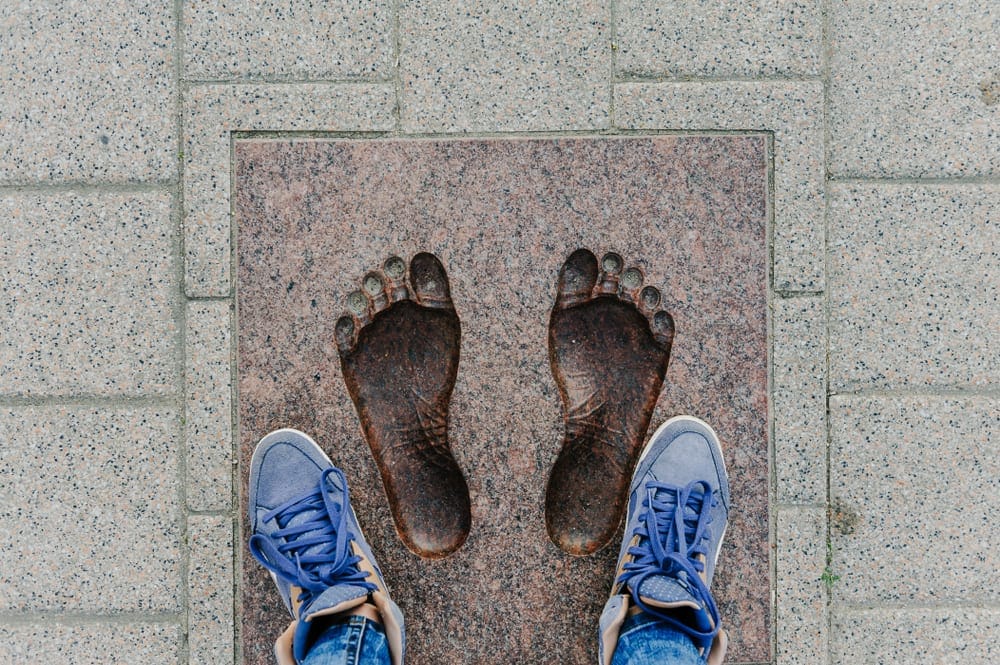
The “longest” here refers to the length of the protest line, stretching nearly 700 kilometers with freedom-seeking participants.
On August 23, 1989, the 50th anniversary of the Molotov-Ribbentrop Pact, over two million residents of the Baltic states, including one million Lithuanians, joined hands in a united call for independence. Known as the Baltic Way, this human chain extended 675 kilometers from Tallinn, Estonia, to Vilnius, Lithuania.
The Molotov-Ribbentrop Pact, a 1939 non-aggression agreement between Nazi Germany and the Soviet Union, included the Secret Protocol, which defined the spheres of influence across Lithuania, Latvia, and Estonia. Despite the dissolution of Hitler’s Third Reich, these countries remained Soviet satellites.
Faced with mounting international pressure, the USSR acknowledged the existence of the Secret Protocol and declared it invalid. This pivotal moment paved the way for the renewed independence of Lithuania and its Baltic neighbors.
Lithuanian Traditions Blend Christianity and Paganism
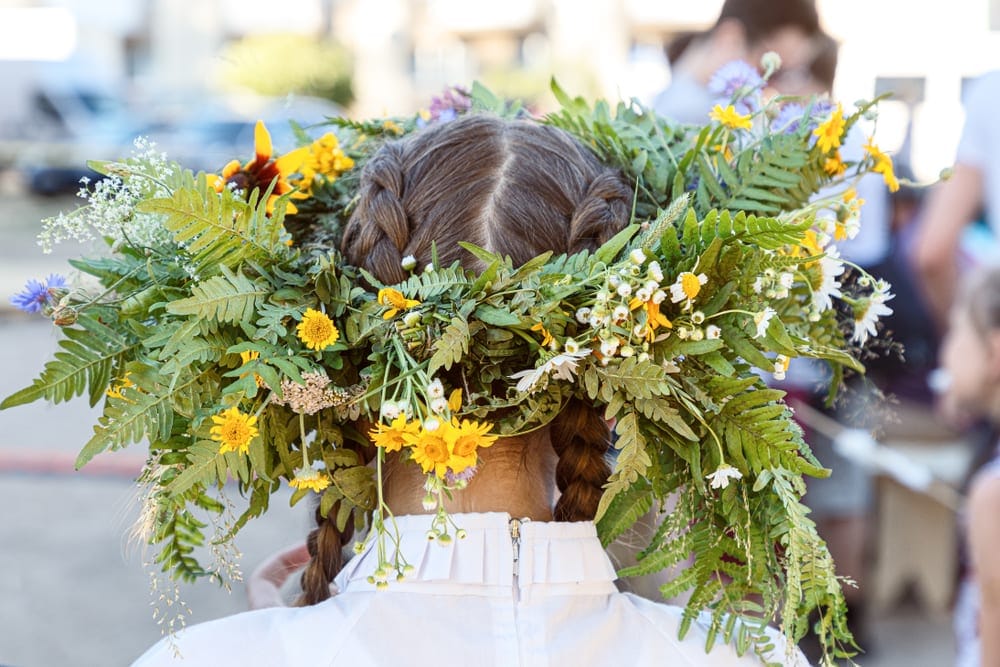
Lithuania’s traditions uniquely combine ancient Baltic pagan customs with Christian practices, creating endearing cultural blends that retain core elements of national identity.
One such blend is Christmas Eve, known as Kucios. Lithuanians celebrate the birth of Jesus while honoring their agricultural and pagan roots. The customs include tasting each of 12 meatless dishes to ensure a fulfilling year and leaving a plate of food overnight for deceased loved ones. The belief that well water turned to wine and animals gained the ability to speak during Christ’s birth is also honored by feeding pets human food during Kucios.
Lithuanians also celebrate the summer solstice with Jonines. In this pagan-derived tradition, bonfires are lit to ward off witches and evil spirits, believed to gather on this shortest night of the year. Revelers search for a mythological blooming fern with magical powers, and bathing in the morning dew is said to ensure health for the year. The most authentic Jonines festivities take place at the Kernave archeological site near Vilnius.
Its Language is Among the World’s Oldest
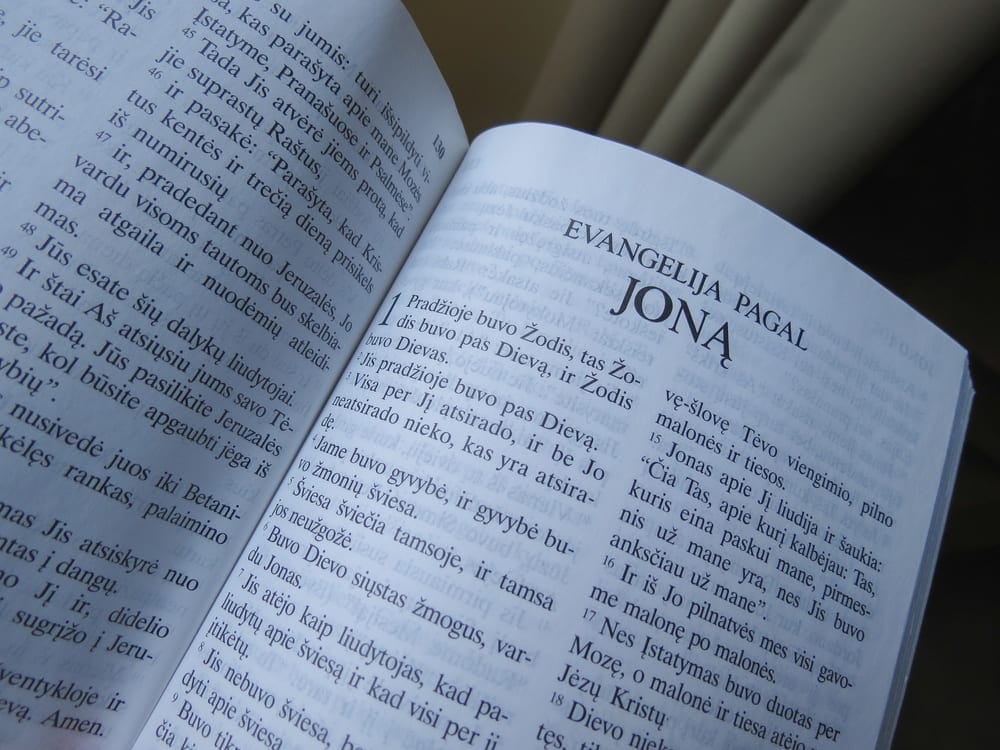
Lithuanian belongs to the Indo-European language family, but it did not diverge as much as other languages. This has allowed Lithuanian to retain a significant portion of Proto-Indo-European (PIE) features, making it one of the world’s oldest languages.
Due to the Baltic region’s relative isolation, Lithuanian has preserved more of the sounds and grammar rules from PIE than its linguistic cousins. The language retains a notable influence from ancient Sanskrit.
Lithuanian is considered a challenging language to learn. One example is the 37-letter word “Nebeprisikiškiakopusteliaudamas,” which translates to “a group of people who used to go to a forest to pick up some rabbit grass, but are no longer doing that.”
Lithuanian Kids Anxiously Await the Easter… Granny?
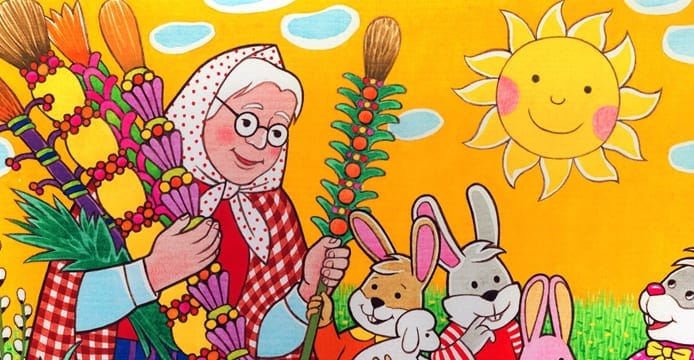
In Lithuania, the Easter tradition involves Velyku Bobute, the Easter Granny, who hides eggs and brings chocolates to children. This tradition replaces the more common Easter Bunny with a character that feels more logical.
Children prepare for Velyku Bobute by leaving empty homemade egg nests outside their homes. Legend says that the Easter Granny has a pony-pulled cart and a sunbeam whip to encourage haste. She has bunnies who dye the eggs and load the cart, then delivers eggs and candies overnight.
Often, actual grandmothers dress up as Velyku Bobute to the delight of their grandchildren. Lithuania also has a tradition of housecall choir singing, similar to Christmas caroling, where festive Lithuanians sing hymns in exchange for decorated eggs, candies, or other treats.
A Rich Tradition of Folk Music
Before modern times, Lithuanians sang throughout the day, creating their own soundtrack to daily life. Old Lithuanian folk songs described specific tasks, such as sowing, or celebrated events like harvests, weddings, and war departures.
The lyrics of these pre-19th century songs are full of diminutives. Some songs, known as sutartines, are multipart and sung by two to four people, a rarity in Europe. Sutartines are recognized on UNESCO’s Intangible Cultural Heritage of Humanity list.
Lithuania hosts various folk music festivals, with the state-supported Dainu švente (Song Festival) being the most prominent, first held in 1924. The Baltica International Folklore Festival, celebrating the folk music and cultures of all Baltic nations, is held annually in one of the Baltic states.
In recent years, folk rock has gained traction, blending old and new traditions, as seen in the entertaining example provided with English subtitles.
Lithuania Has a National Scent
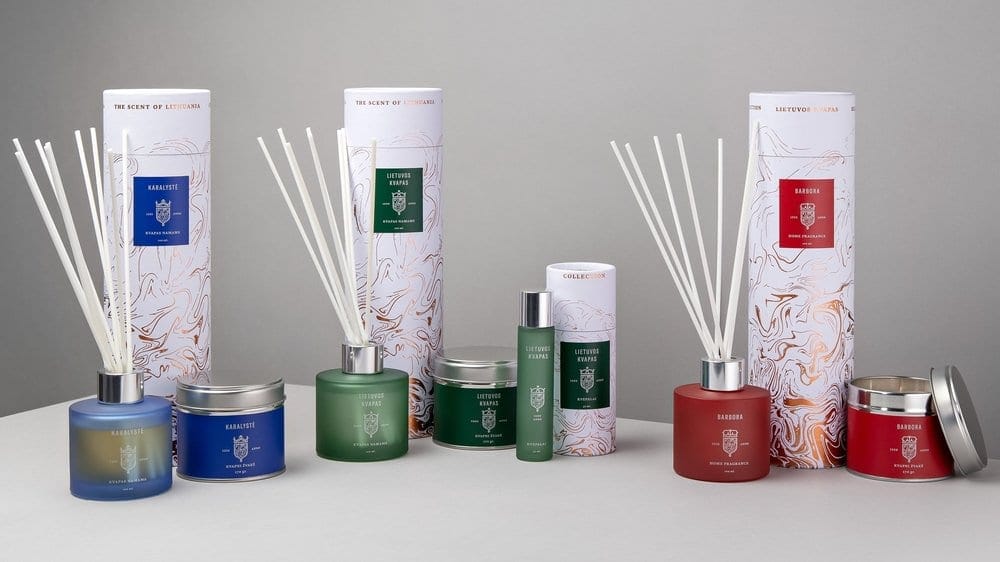
Every country has national symbols; Lithuania is unique in having a national scent. “Lietuvos Kvapas,” or “The Scent of Lithuania,” was developed by perfumer Galimard and blends bergamot, wildflowers, ginger, raspberry, and grapefruit, with base notes of amber, cedar, sandalwood, patchouli, tree moss, and smoke.
Designed to boost Lithuania’s appeal to tourists, the scent evokes nostalgia and longing, making people more inclined to visit Vilnius. The perfume even has a matching scented candle, adding to its allure.
Inventions: From the Delicious to the Deadly
Lithuanians have devised several useful inventions, including the non-invasive cranial pressure meter and the orbital tube welding head, which enabled the creation of radioisotope thermoelectric generators used on NASA’s Apollo missions.
The Reuben sandwich, consisting of corned beef, Swiss cheese, sauerkraut, and Russian dressing on grilled rye bread, has disputed origins. While New York delicatessen owner Arnold Reuben claimed its invention around 1914, Lithuanian-born Reuben Kulakofsky also claimed to have created it.
Lithuania’s most macabre invention is the Euthanasia Coaster, designed by Julijonas Urbonas in 2010. This hypothetical rollercoaster would induce a quick, euphoric death via G-force-driven cerebral hypoxia. The concept features 24 seats, though the logistics remain purely theoretical.
Lithuanian Cuisine: Simple Yet Satisfying
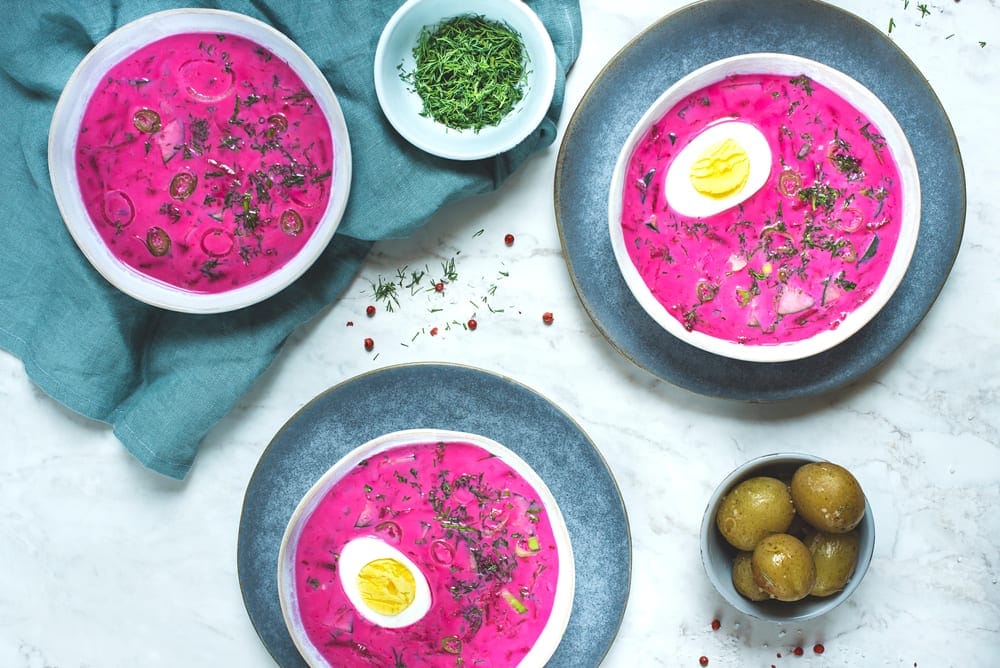
Like its Eastern European neighbors, Lithuanian cuisine is a meat-and-potatoes affair that is homely and hearty. Dishes feature ingredients suited to the Baltic climate, such as barley, potatoes, rye, beets, greens, berries, and mushrooms.
Cepelinai, Lithuania’s national dish, is a potato-dough dumpling stuffed with pork and doused in sour cream and bacon sauce. Beetroot soup (borscht) and rye bread fried in oil are common. Kibinai, soft-crusted hand pies filled with meat, veggies, cheese curd, and berry jams, are tied to Lithuania’s population of Kariates, an ethnic Turkic group.
Lithuanians also eat crow, considering young crows caught before leaving the nest a delicacy with a taste similar to quail.
Lithuania’s blend of historical depth, cultural richness, and unique traditions makes it a truly fascinating country. These ten facts offer just a glimpse into what makes Lithuania a distinctive and compelling destination.
What fact surprised you the most? Leave your comment below!


